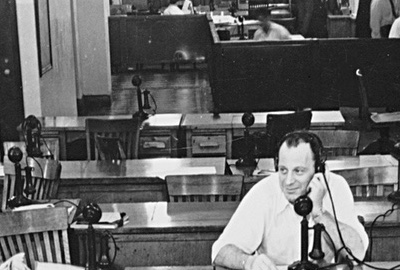 2022-05-08
2022-05-08
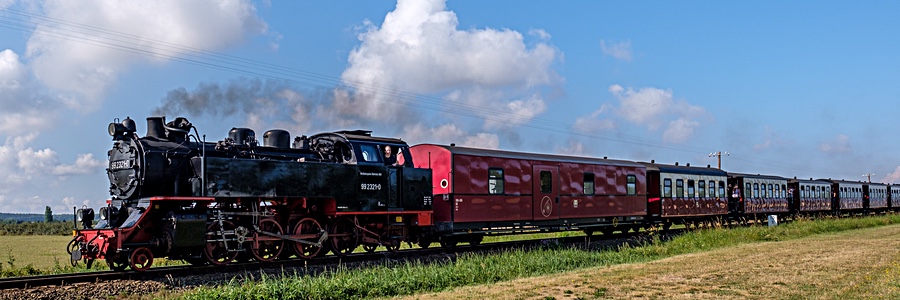
Real Life Railroad Tycoons
- ArticlesandContent.com (CIRCA 2005)
- /
- Oct 8, 2021 (written 2005)
From the dirt roads to the wagonways, people always had the necessity to improve the transport system even before. During the 1550s, Germans came up with the primitive rails made of woods.
During the 1550s, Germans came up with the primitive rails made of woods. They had horses pulling the wagons over the wagonways; there began the railroads. Yet, in the 1770s, things changed and iron came out as a useful material to replace the wooden wagonways. Thanks to the railroad tycoons who invested much that made a big difference in today’s transport system.
America initiated the building of railroads in 1827 after the pioneered operation of the first steam train (1825) which traveled from Stockton to Darlington in England. In 1829, the Delaware & Hudson Company constructed the first passenger railroad. Then the Mohawk & Hudson Railroad was built connecting parts of New York namely Albany and Schenectady.

Erastus Corning
Erastus Corning was a merchant, an iron manufacturer, banker, land speculator, and a political leader. But the remarkable thing he did that made history was his being a railroad contractor. In 1833, Corning became one of the board members of Utica & Schenectady Railroad. It was his chance to invest largely on the pioneering railroad projects at that time.
As a merchant, Corning saw how economically beneficial it would be to build a railroad since he manufactured iron—it meant that his products would be consumed, plus he was a distributor for various products which also meant that coming up with a railroad system would be cost-effective. He truly is a railroad tycoon as he knew what he was doing. With his ways, he became the first president of the New York Central Railroad, that time’s largest corporation in U.S.
Charles Crocker
Began a career as early as fourteen years of age, Charles Crocker worked independently and established an iron forge in 1845. His business in the mining industry seemed scant to him so he put up a dry goods store in Sacramento. While he was prospering as a merchant, he was able to meet Mark Hopkins, Collis Huntington, and Leland Stanford who soon became his business partners. They were then known as “The Big Four” and they are the group behind the Central Pacific Railroad.
Railroad tycoon Crocker became the president of Charles Crocker & Company, subsidiary purposely established for the railroad construction in which he was the actual manager. He impressed the government when he finished the construction seven years before the deadline. One of his strategies to finish the project fast was deploying Chinese immigrants to more laborious tasks.
James Jerome Hill
James Jerome Hill, the “Empire Builder,” emphasized on the idea of building transcontinental railroad, his greatest project in his lifetime. Hill passionately said once: “What we want is the best possible line, shortest distance, lowest grades, and least curvature we can build.” The result of the railroad tycoon’s drive was the Great Northern Transcontinental Railway which was constructed without financial aid from the government.
Railroad tycoon Hill is also known for his managerial strategy of letting the workers involved in the railway projects settle along the rail lines. What he did was to sell homesteads along the rail lines to his potential workers who were immigrants.
“Most men who have really lived have had, in some share, their great adventure. This railway is mine.”
The net worth of St. Paul, Minneapolis, and Manitoba Railway Company, in which he was the general manager, reached $25,000,000 in 1885 from $728,000 in 1880.
His being hands-on to managing the construction of the railways could be one of the reasons why his business prospered. This is quite a very good strategy for those playing the railroad tycoon game. What you can simply get from Hill is this: man the post!
Yesterday’s beginnings, today’s railroad system
A permanent pathway with parallel rails used for land transportation, this is the railroad. Thanks to the merchants or the railroad tycoons at that time today’s transport system became easier.
Examples of how the railroad benefited people especially those from the towns were obvious in 1848 when the Harlem Line Railroad began to operate. Trains carried very important materials such as dairy products and iron ore. Animals were also carried by trains. All of these activities among many others benefited local businesses especially for towns along the route such as Putnam County. It was also an opportunity for townspeople to travel and see the other side of their country in a faster way. Some people used it to migrate to other cities and work there.
In 1988, it was reported that 299,000 people were provided with jobs in the United States. Advantages kept on manifesting as the railroad system boomed. No wonder why Europe and other countries such as China and India came up with their own.
More From Business
 2022-05-08
2022-05-08
 2022-05-08
2022-05-08
3 of the Most Famous Entrepreneurs
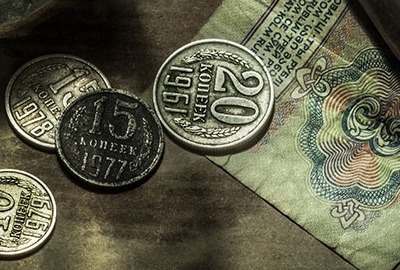 2022-05-08
2022-05-08
History of Philanthropy
 2022-05-08
2022-05-08
Birth Of The Corporation
 2022-05-08
2022-05-08
What Was The Dot Com Bust?
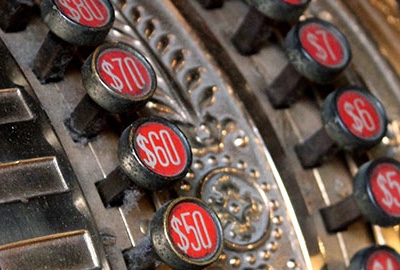 2022-05-08
2022-05-08
History Of American Business
 2022-05-08
2022-05-08
How Wall Street Began
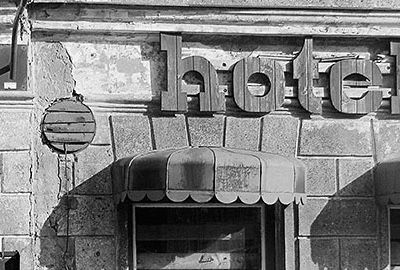 2022-05-08
2022-05-08
1929 Stock Market Crash
 2022-05-08
2022-05-08
A Few of the Most Famous CEOs
 2022-05-08
2022-05-08
Famous Career Changes
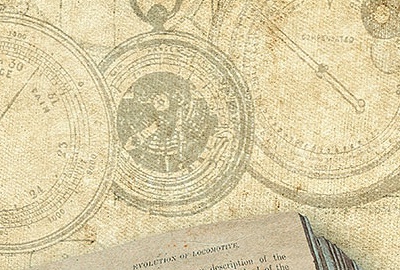 2022-05-08
2022-05-08